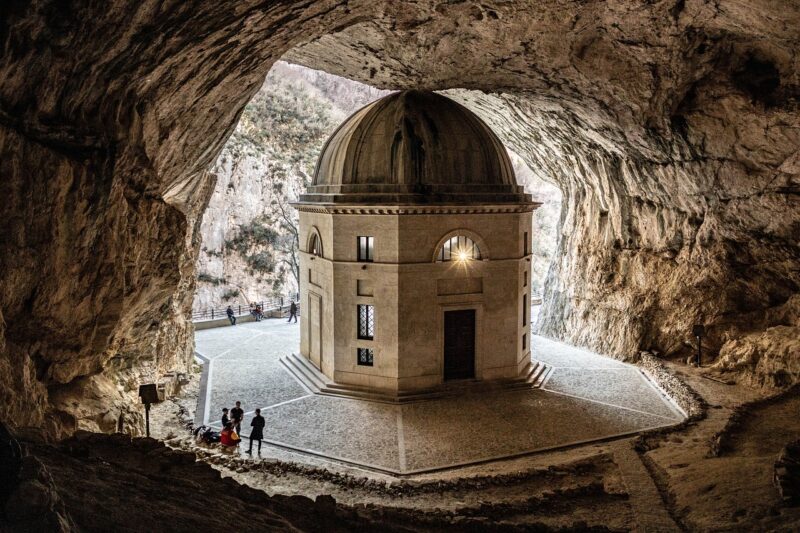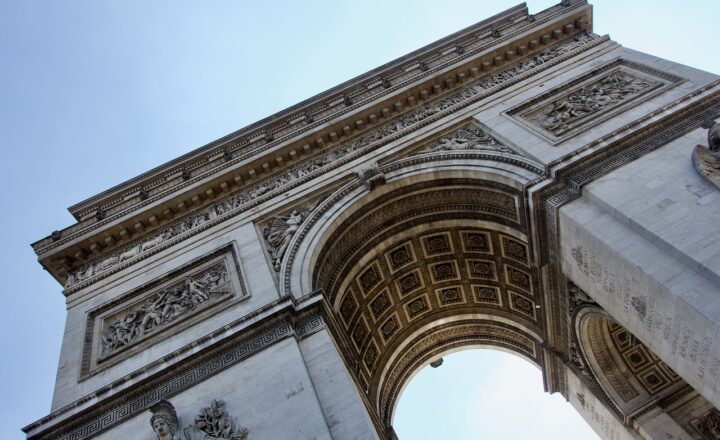
Throughout history, humanity has erected magnificent monuments to commemorate significant events, cultures, or figures. However, despite their grandeur, many of these historical sites have fallen victim to the relentless forces of nature. From ancient temples swallowed by vegetation to iconic structures eroded by time, the story of these lost monuments is one of beauty, tragedy, and the passage of time. This article explores the various reasons that have led to the deterioration of historical monuments and the broader implications of their loss.
1. The Impact of Natural Disasters
One of the most immediate threats faced by historical monuments is natural disasters. Earthquakes, floods, hurricanes, and landslides can obliterate structures in mere moments. For instance:
- The Ancient City of Pompeii: Buried under volcanic ash after the eruption of Mount Vesuvius in 79 AD, Pompeii remained hidden for centuries, preserving its ruins but simultaneously denying the world access to its cultural context.
- The Parthenon in Athens: In 1687, the monument was severely damaged when Venice besieged the city, leading to an explosion that tore apart one of the temple’s sides. Achievements of restoration have been made, yet they can never undo the original loss.
Natural disasters can sometimes result in the complete erasure of a monument, but they can also expose vulnerabilities in its construction that may lead to further erosion over time.
2. Erosion and Weathering
Weather plays a critical role in the degradation of monuments. A combination of rain, wind, and extreme temperatures can slowly wear away stone and structural materials. This erosion can lead to numerous problems:
- Stonehenge: Erosion from winds and rain has chipped away at the stones that have stood for millennia. Ongoing conservation efforts aim to slow the deterioration, but the natural elements continue to be a formidable foe.
- The Great Wall of China: Over the years, erosion has taken its toll on parts of the wall, which was not only built of stone but also of tamped earth, making it susceptible to wearing away from rain and environmental factors.
Weathering occurs over time, often slowly, leading to a gradual loss of integrity that can go unnoticed until it is too late.
3. Vegetation and Animal Activity
While nature’s growth can beautify locales, it can also prove to be destructive. Vegetation, such as roots from large trees, can penetrate the foundations of historical structures, causing severe damage. Similarly, animals can inadvertently contribute to this degradation:
- The Mayan Ruins in Tikal: Once a thriving civilization, the temples of Tikal are now partially consumed by the surrounding rainforest. As trees and vines grow, they can push apart stones and destabilize the overall structure.
- The Acropolis in Athens: Pigeons and other birds, in their nesting habits, contribute to the deterioration of structures like the Parthenon. Their droppings contain acidic components that can damage the stone over time.
Managing vegetation and wildlife around such locations becomes an ongoing challenge for preservationists seeking to protect these historic treasures.
4. Human Intervention and Neglect
Ironically, while some historical monuments are created by humanity, others suffer due to human neglect and intervention. Unsustainable tourism practices, vandalism, and lack of maintenance management have perpetuated irreversible damage:
- Machu Picchu in Peru: The influx of tourists is a double-edged sword; while they bring economic support for preservation, their sheer numbers cause soil erosion and structural stress on the ancient ruins, threatening their integrity.
- The Colosseum in Rome: Once a grand arena, it has suffered from pollution and neglect, leading to fallen stones and compromised structures. Efforts are now underway to restore and preserve the iconic site, but the damage is irreversible in plenty of cases.
Preservation is crucial, but it requires careful management to balance human interest and structural integrity.
5. Cultural and Political Factors
Cultural and political contexts play significant roles in the preservation of historical sites. Changes in political power, cultural ideologies, and even economic downturns can lead to the neglect or destruction of monuments. Notable examples include:
- The Bamiyan Buddhas in Afghanistan: Once standing tall for over 1,500 years, these monumental statues were destroyed in 2001 during the Taliban’s regime, highlighting the devastating consequences of cultural intolerance and conflict.
- The Palmyra ruins in Syria: In recent times, these ancient ruins faced destruction during the Syrian civil war, leading to irreparable loss of cultural heritage and identity.
The loss of these monuments is often more than just physical— it represents a culture’s identity and memory, further compounding the tragedy of their demise.
6. Climate Change: A Modern Threat
In the contemporary world, climate change poses a severe and growing threat to historical monuments. Rising sea levels, increased flooding, and extreme weather conditions put many sites at risk:
- The Cathedral of Notre-Dame in Paris: Increased rainfall combined with pollution and humidity has degraded the stonework of this iconic structure, necessitating regular and costly renovations to prolong its life.
- Venice, Italy: This city, built upon a network of canals, is slowly sinking due to a combination of rising sea levels and geological subsidence. As a result, historic buildings are continually under threat from flooding.
As climate change continues to unfold, urgent action is needed to mitigate these threats to our shared cultural heritage, emphasizing the importance of adopting sustainable practices.
Conclusion
The loss of historical monuments to nature and human intervention is a multifaceted tragedy that reflects our relationship with the environment and each other. Understanding these causes is crucial for implementing effective preservation measures that can protect our heritage for future generations. By emphasizing collaboration between governments, NGOs, and local communities, we can develop plans that prioritize the conservation of these irreplaceable landmarks. As we venture into an era of increased environmental instability and cultural change, learning from the past will be essential in ensuring that our historical monuments endure the tests of time.
When we remember the stories these structures tell and the cultures they represent, their loss is not just a tragic footnote; it is a call to action to protect our fracturing tapestry of history firsthand.







